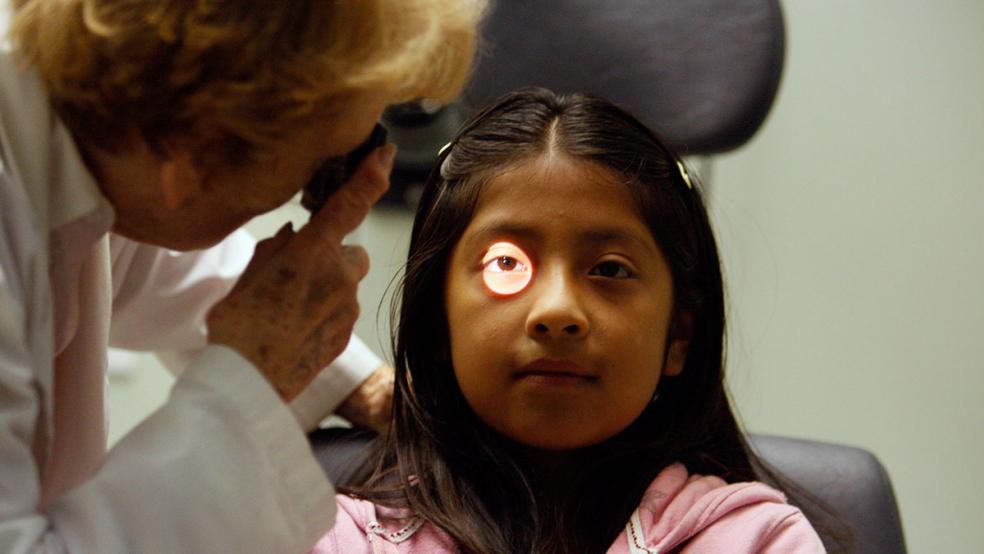The U.S. has made great strides in broadening health care coverage for children and young adults, thanks to the expansion of Medicaid, the Children’s Health Insurance Program (CHIP) and Obamacare.
Today, more children in the U.S. are insured than at any other time in history. The rate of uninsured children plummeted from 13.9 percent or 10 million children in 1997 to just 4.5 percent or 3.3 million kids in 2015, according to government figures.
Related: GOP Cuts in Medicare May Be Next After Dismantling Obamacare
Ironically, even though more children than ever are technically covered by a health insurance program, one in four still do not have full access to essential primary and secondary health services, according to a new study released on Monday by the Children’s Health Fund, a New York-based non-profit organization that provides mobile health care to needy families.

Source: Children’s Health Fund
The report underscores a long recognized reality that obtaining health insurance coverage doesn’t necessarily guarantee that one can find medical care that is affordable or within a reasonable geographic area. Of the approximately 73 million children under the age of 18 years in this country, 20.3 million or 28 percent lack access to medical care that meets the American Academy of Pediatrics standards and expectations, according to the new report.
High co-payments, high deductibles and unaffordable prescription drug prices frequently discourage parents from obtaining proper treatment for their children. By one measure, the families of more than 13 million children have reported having problems paying medical bills.
The geographic barriers include, among other things, lacking transportation -- either a car or public mass transit -- to get a child to a doctor or health care clinic. There also is the harsh reality of a shortage of doctors or skilled nurses to serve residents of financially depressed communities. Another barrier is an informational divide in which parents with limited English proficiency have difficulty understanding or navigating the complex health care system.
Related: 19 Years and Counting, Children’s Health Insurance Is a Big Winner
“Not only does failing to address health care access barriers threaten and undermine the health and wellbeing of children, but it also may have a direct impact on a child’s ability to succeed academically and enter the workforce at their full potential,” the report states. “Loss of later productivity and the extraordinary costs of remediation will clearly have deleterious consequences for the future economic strength and vibrancy of the United States. The stakes could not be higher.”
Although far more children can now obtain primary health care than in the past, many of those children often have problems receiving secondary or specialty care, such as treatment for chronic heart conditions or asthma.
The study was based on an analysis of national data and the extrapolation of data from the Children’s Health Fund’s nationwide clinical treatment operations to assist uninsured or underinsured families.
“While children’s health care has experienced increased and significant attention in recent years, our analyses show there is still a long way to go before we can claim that all U.S. children have access to the care they need,” Dr. Irwin Redlener, co-founder and President of Children’s Health Fund, and the paper’s lead author, said in a statement. “There has been a persistent misconception that simply providing health insurance is the same as assuring effective access to appropriate health care. It isn’t.”




